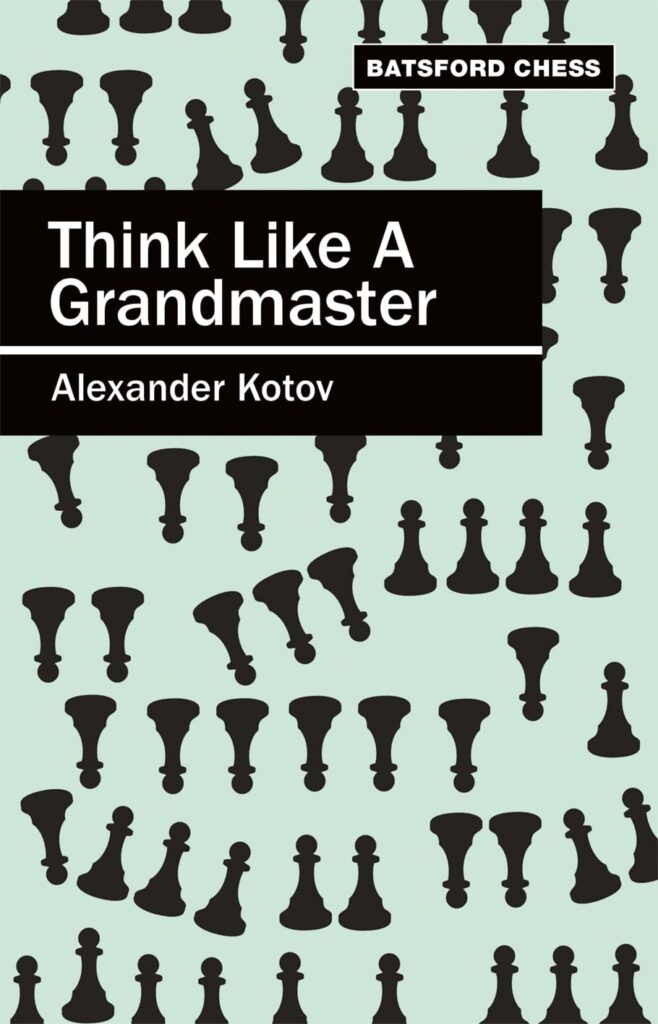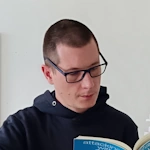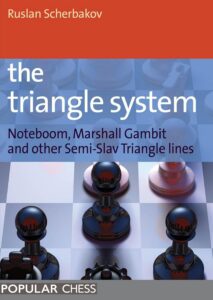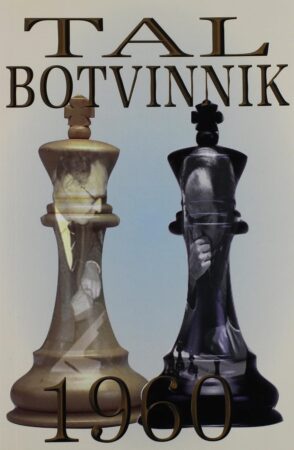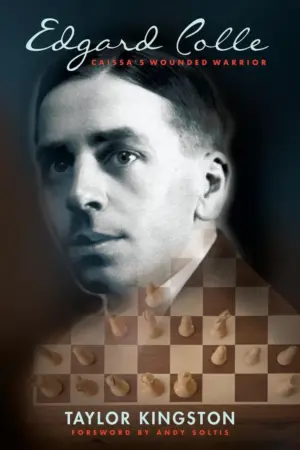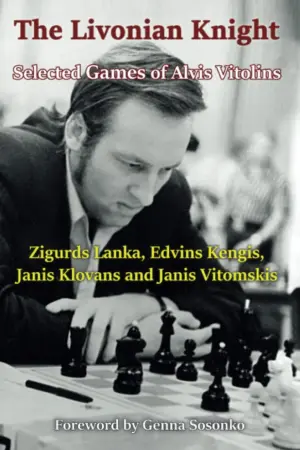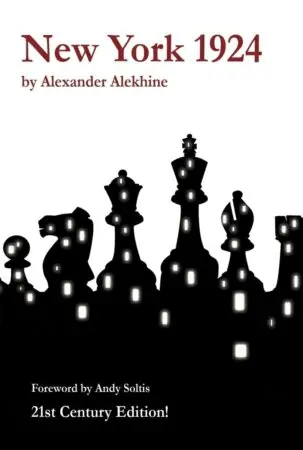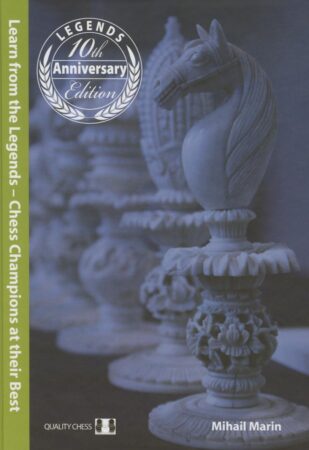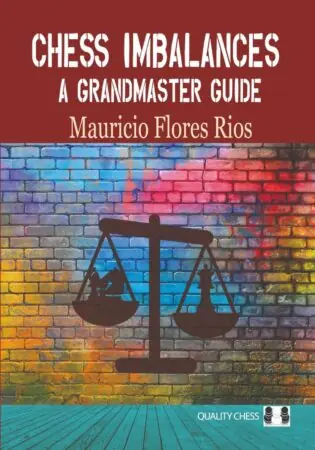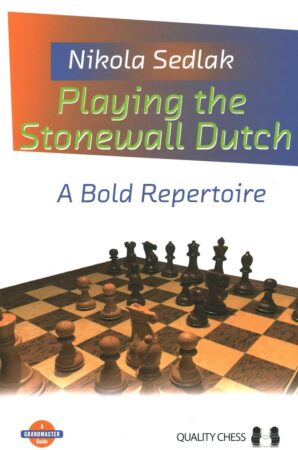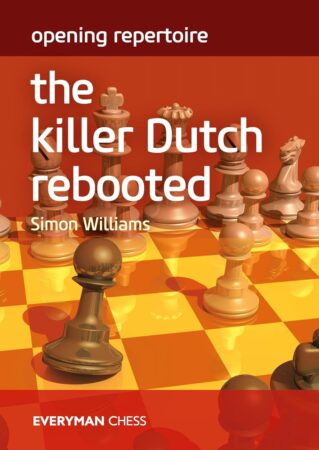I remember buying Think Like a Grandmaster from Ivo Vuković, a Croatian Fide Master and a wonderful person. I was waiting for a tram and had just started reading the first few pages. I ended up standing there for more than an hour, missing a million trams, and forgetting where I had been going. At the time, in 2016, I was just starting out, and this was one of the first chess books I’d ever held in my hands. Reading it felt like obtaining secret super powers. I went through the entire thing in less than a week. I solved (or tried to solve) every diagram and problem, and felt like my strength had improved immensely.
Today, after more than 8 years, I look back at this experience fondly. And objectively. Think like a Grandmaster is a very useful book, there is no doubt there. But it’s not a perfect book. It’s also neither the only nor the best book to cover the topics that Kotov had attempted to explain.
It can be divided into two parts; calculation and strategy. The first part of the book is devoted to calculation, improving thinking processes, finding candidate moves, and analyzing positions, broadly, deeply, and, most of all, correctly. Kotov’s famous “tree of analysis” is a reference you may have heard mentioned. It came from this book. I held his teachings as absolutely true when I first started playing chess, and had considered that his approach or cold-blooded, precise calculation is what Grandmasters do when they play. Kotov’s approach seems great on paper, and what he writes in Think like a Grandmaster works in theory. If you’ve seen any of Ben Finegold’s videos then you’ll know that theory and practice are the same in theory, but not in practice.
Kotov’s approach is utopian to put it mildly. What he recommends is evaluating the position, choosing candidate moves, and calculating each one without going back and forth, choosing the best one, and repeating that in all positions that require concrete analysis. That cannot be done. Not by Magnus, or any other top GM, let alone us mere mortals. That being said, coming close to that ideal Kotov prescribes is what one can get from the first part of Think like a Grandmaster.
The second part of the book remains a great textbook on planning, assessment and strategy, and is extremely useful, even today. I can’t think of many books that have explained the differences between concepts like closed and open center positions, dynamic and fixed structures, or weak squares and passed pawns more succinctly and in a better structured way. The chapter on planning is especially useful. In it, Kotov teaches the basics such as why and how to plan, but they somehow feel suited for very advanced players as well as intermediate ones. That is what I like about his writing style.
In conclusion, if you haven’t, you should read Think like a Grandmaster. It’s a great book on strategy, and a very optimistic book on improving calculation and your ability to evaluate and find candidate moves efficiently. If nothing, not reading it will make you feel left out in any conversation held between well-read chess players.

